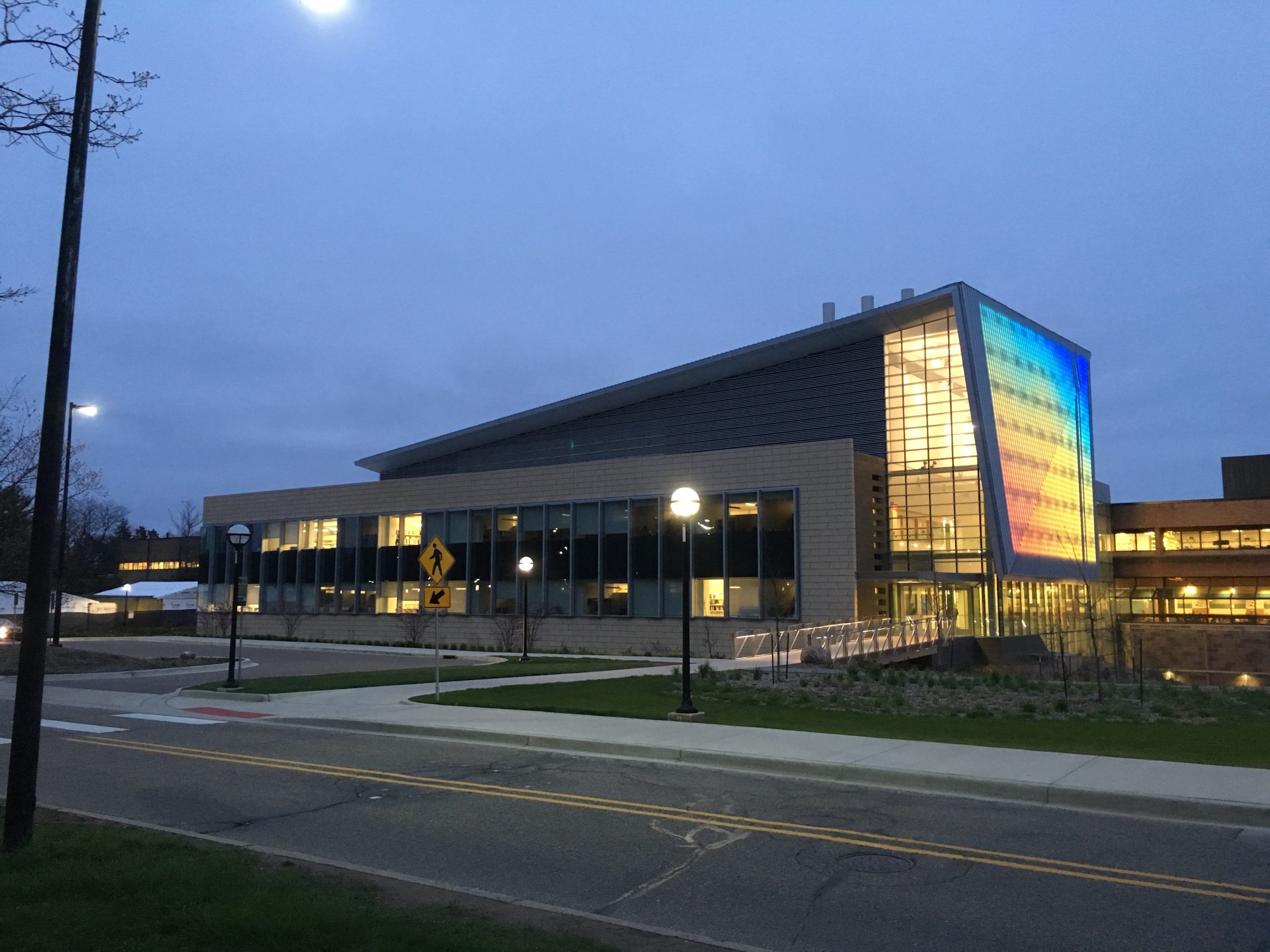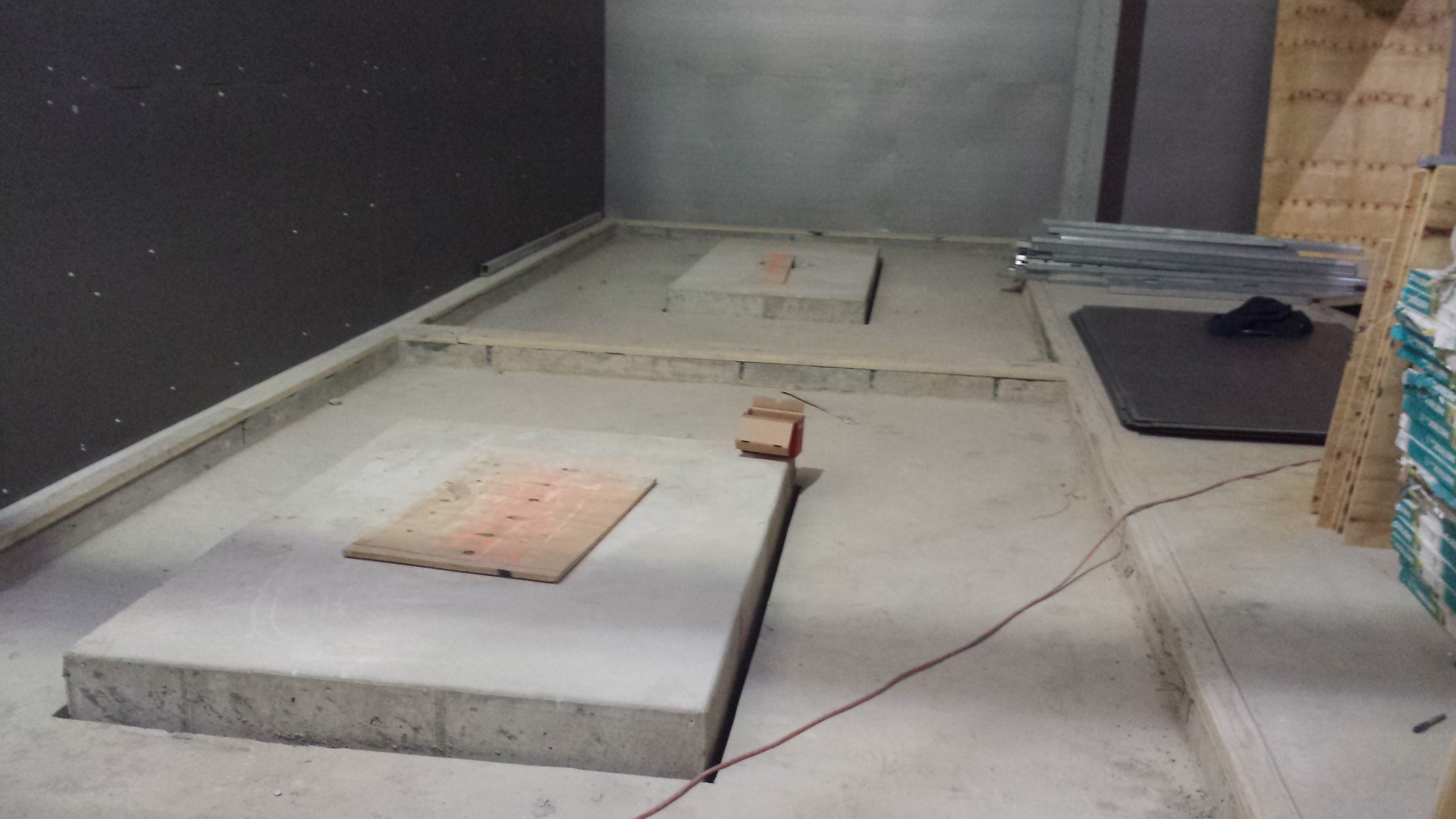"A marvel of modern acoustical engineering." - IDS Architects
This new facility houses The Center of Excellence in Nano Mechanical Science and Engineering, and includes a state-of-the-art Ultra-Low Vibration Facility. The unique and innovative vibration and noise control design for the ULV facility resulted in some of the lowest vibration amplitudes we've ever measured.
This new facility houses The Center of Excellence in Nano Mechanical Science and Engineering, and includes a state-of-the-art Ultra-Low Vibration Facility. The unique and innovative vibration and noise control design for the ULV facility resulted in some of the lowest vibration amplitudes we've ever measured.






